Fendi and Mabeo present a ten-piece furniture collection in Miami
Launched at Design Miami, the Kompa Collection is Fendi’s latest design collaboration, with Botswanan brand Mabeo, featuring furniture created in collaboration with an extensive network of the country’s artisans
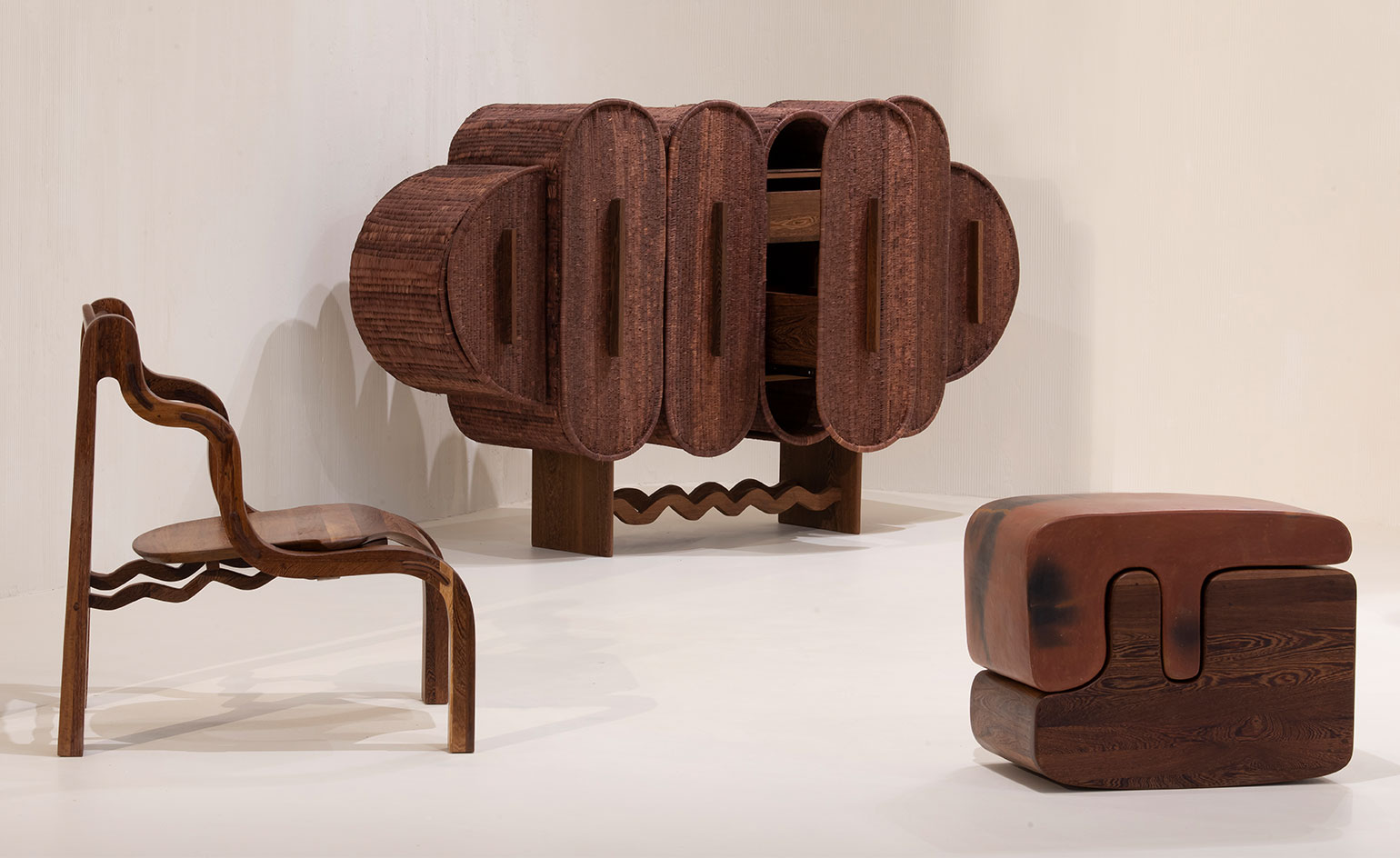
Designed by Peter Mabeo and produced by artisans across Botswana, Fendi’s latest creative collaboration is a ten-piece collection exploring local craft and pushing traditional techniques and materials into new directions. Launching at Design Miami 2021, it is the latest in a series of creative interpretations of the brand’s aesthetic codes and craftsmanship through collaborations with the likes of Sarah Coleman, Sabine Marcelis, Cristina Celestino and Formafantasma.
Peter Mabeo: exploring design and craft through collaboration

Designer Peter Mabeo in his workshop in Botswana.
Mabeo himself is no stranger to ambitious collaborations: having launched his namesake brand in 2006 after a decade of producing furniture locally, he counts Patricia Urquiola, Claesson Koivisto Rune and Inès Bressand among regular collaborators, and a recent project includes offices for Roo Rogers’ Johannesburg-based start-up accelerator, Founders Factory. All his designs are made in Botswana, in collaboration with local craftspeople and using traditional techniques.
In particular, it was a collaboration between Mabeo and Bressand that piqued the interest of Kim Jones, Fendi’s artistic director of couture and womenswear, who curated the project alongside Silvia Venturini Fendi, the brand’s creative director of accessories, menswear and children, and Delfina Delettrez Fendi, artistic director of jewellery.

Left, a wooden version of the ‘Foro’ chair in progress. Right, a ‘Gabinyana’ table lamp being assembled.
‘I was very taken by Mabeo’s 2017 collaboration with Inès Bressand, which featured the use of panga panga wood and distinctive hand-beaten metal panels on the ‘Zezuru’ cabinet and chair,’ says Jones. The collection involved a combination of very different techniques: galvanised metal sheets were cut, hammered, shaped and folded by hand, and then paired with the locally sourced dark timber to create the furniture. ‘I was immediately drawn to the considered approach Peter’s studio had to form and function, combined with materials and artisanal techniques specific to their local environment,’ continues Jones. For him, the connection to the project was also personal, as he spent a significant amount of time in Botswana as a child, when his father, a hydrogeologist, was working in the region.
Another element that attracted Jones was Mabeo’s workshop set-up and his creative approach. Having moved away from the centre of Gaborone a few years ago, the studio is now located within a former general dealer, and when the season allows, the team works outdoors, in the yard – which is also the backdrop to much of their product photography. ‘The manner in which they have documented their collections stood out, photographing the works primarily outside and being used or handled in some way, capturing their everyday usefulness in a very pure and engaging way,’ adds Jones.
Fendi and Mabeo at Design Miami: the Kompa Collection
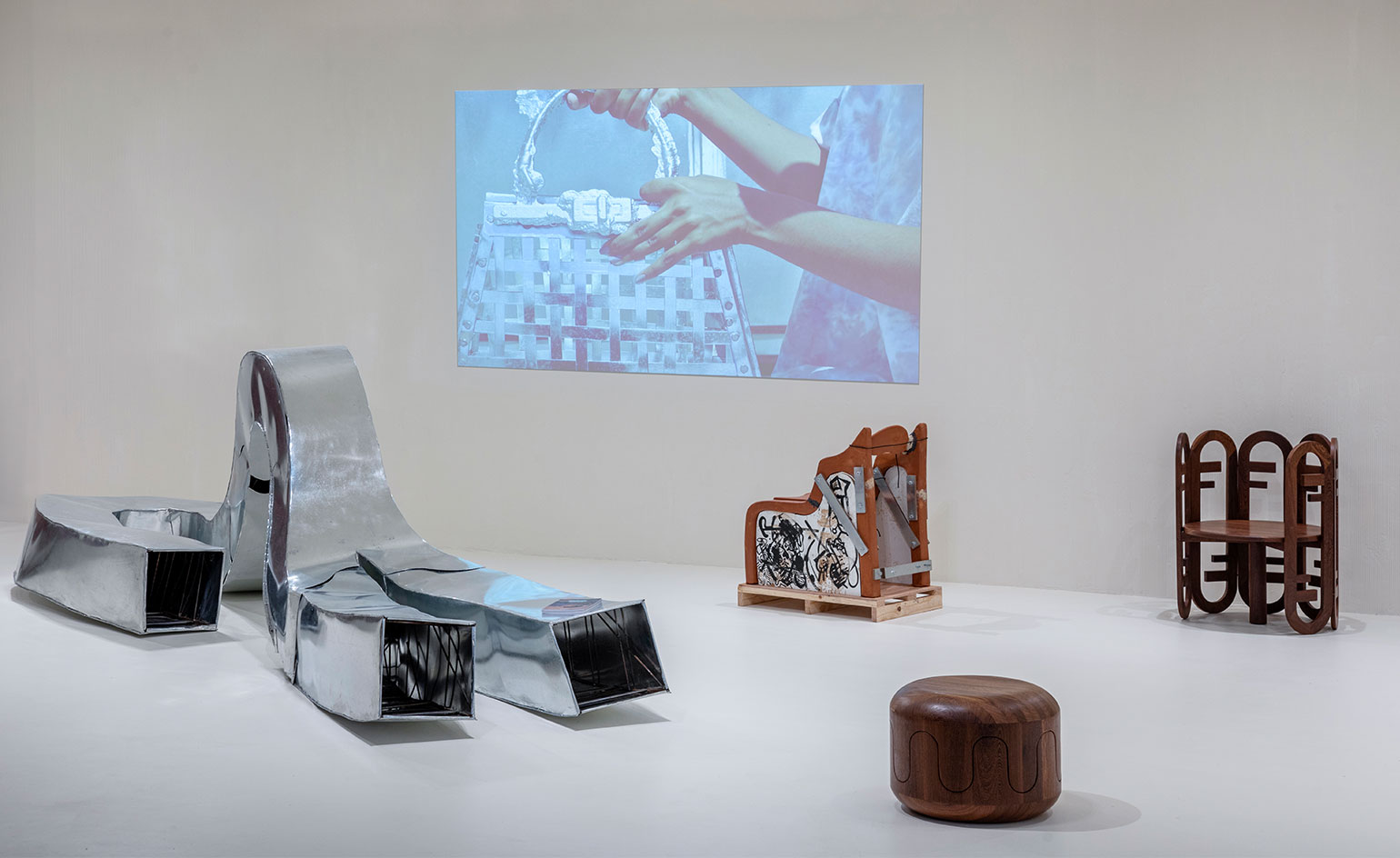
Installation view at Design Miami. From left: Gabi-Gabi sculpture, prototype of the Foro chair in clay, Loma stool and Maduo chair.
The brief Jones and Delettrez Fendi gave Mabeo for the project was very free: ‘I felt like they really wanted me to express something,’ recalls Mabeo. Adds Jones, ‘It was clear that the project would be about conversation and exchange, but our admiration for his studio’s work gave us great confidence in the outcome, whichever direction it might take.’
Mabeo witnessed the brand’s approach to craft during a visit to the Fendi Rome HQ in summer 2021. It inspired him to ‘go crazy’ with the artisanal techniques he employed throughout the project. ‘It’s so incredibly significant for me to have an opportunity to question and to experiment, to try and do things that are outside of typical ways of thinking,’ he explains.
It’s so incredibly significant for me to have an opportunity to question and to experiment, to try and do things that are outside of typical ways of thinking
Peter Mabeo
Similarly, the Fendi team was able to experience Mabeo’s approach and surroundings through extensive Zoom calls. ‘There was an inspiring aspect to the fact that there was a big geographical space between us, also considering that, in that particular time, we could only travel with our minds,’ recalls Delettrez Fendi. ‘It felt surreal to jump on a Zoom call and see Peter riding his car, seeing that fantastic African landscape as if we were travelling together. We had this group chat where he would send us images of his surroundings and I would ask him what kind of trees were around him, or what kind of materials we could work with.’

The ‘Foro’ chair frame ready to be clad in clay.
The collection includes the Gabi-Gabi sculpture, a large-scale centrepiece made of galvanised metal sheet, and recreated in a smaller version in the ‘Gabinyana’ brass table lamp; and the ‘Shiya’ seat, made of panga panga wood and plywood. Reaching into different experimental territories is the ‘Foro’ chair, which moves away from the idea of a clay object being a monolith and instead uses the material to create an archetypal seat (an additional version is made of panga panga wood). For this piece, Mabeo wanted to use clay as a freehand material, so he asked wood and metal artisans to build a shape that could then assist the hand-moulding of clay into the chair’s forms. The clay was fired using an old method, in which cow dung is used as fuel for the kiln.

Left, inspired by one of Delfina Delettrez Fendi’s jewellery designs, the ‘Maduo’ chair was made by artisans from Mmankgodi. Right, a wooden version of the ‘Loma’ stool and the ‘Foro’ chair’s armrests taking shape.
‘I immediately saw a link between his work and Fendi,’ says Delettrez Fendi. ‘At Fendi, form and function are always relevant, but we also try to give great importance to the organic and human feelings. Pushing the boundaries of traditional techniques, infusing them with great creativity, taking them to the extreme sometimes, and so making them relevant even today.’
Receive our daily digest of inspiration, escapism and design stories from around the world direct to your inbox.
I didn’t want to just employ the materials for the sake of it, but to create an opportunity to engage with the craftspeople who are still custodians of these techniques, going back so long
Peter Mabeo
Subtle nods to the fashion house can be found throughout the collection, such as in the mirrored F-shaped ‘Efo’ stools in wood and clay, or in the ‘Maduo’ chair, referencing a piece of jewellery designed by Delettrez Fendi and transformed by Mabeo into a wooden chair using precise joinery.
For the ‘Chichira’ cabinet, combining woven palm leaves with a structure made of wood and metal, Mabeo worked with weavers from Etsha, in north-western Botswana, who specialise in freeform woven vessels. ‘We wanted to see if it was possible to contain the weaver’s freedom: generally they weave in a circular shape, a sphere that’s never quite precise,’ says Mabeo. The idea for this piece, he explains, was to create an association between a technique that’s fairly rigid and something more fluid. Mabeo also considered the functionality of his pieces, case in point being the ‘Loma’ stool, which doubles as storage container or side table, and can be used combined into one piece, or split into two. Like other objects in the collection, it is made in both wood and clay versions.
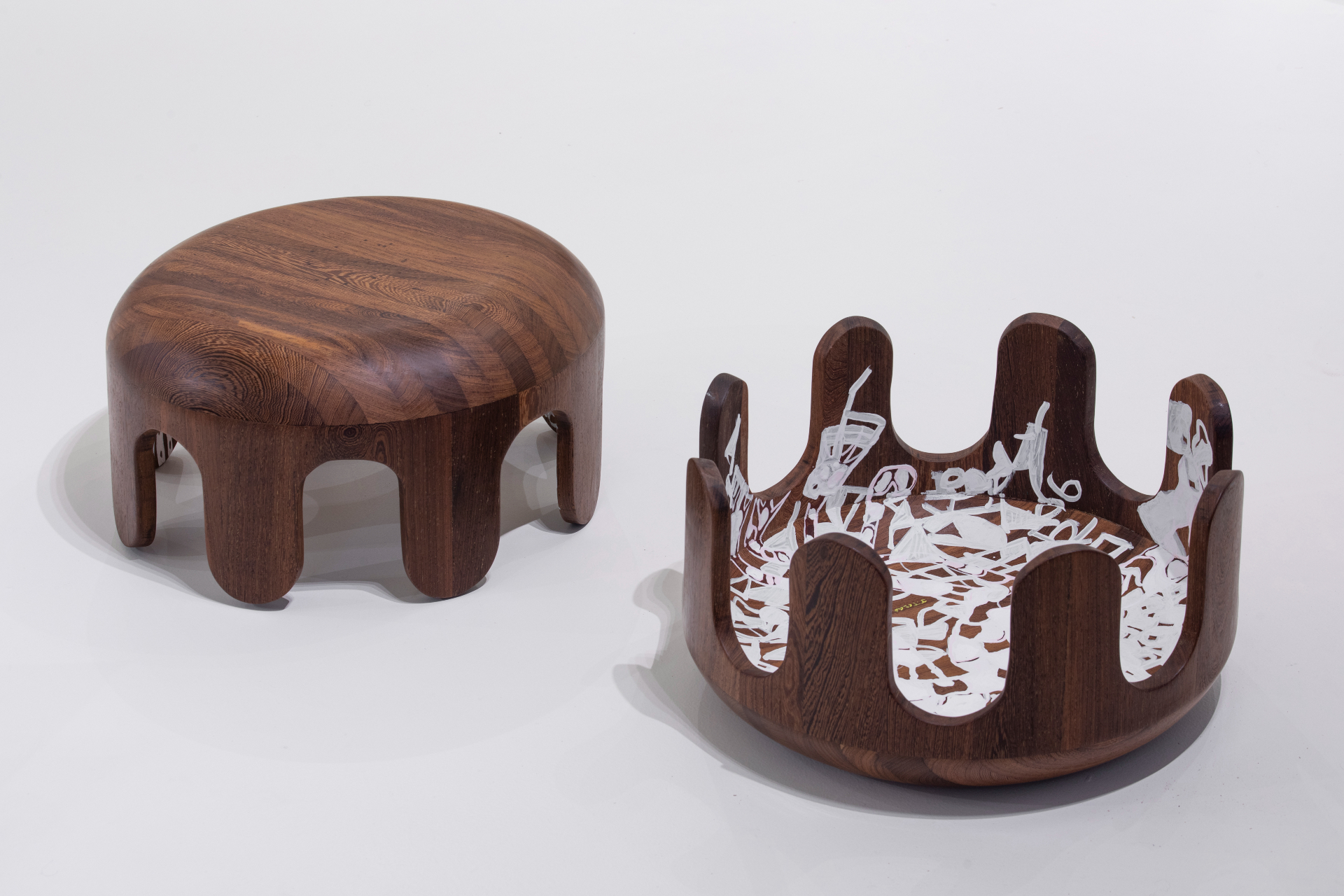
‘Loma’ stool.
Looking at the pieces in this collaboration is like exploring a map of craft in Botswana, as Mabeo called upon an extended network of artisans to bring each design to life. ‘We’ve travelled all over the country, we’ve engaged basket weavers, metal workers, people practising ancient techniques, as well as our local wood and metal artisans,’ he explains. Human connections were key to bringing the pieces together: ‘I didn’t want to just employ the materials for the sake of it, but to create an opportunity to engage with the craftspeople who are still custodians of these techniques, going back so long.’
He admits that the reaction of some of the craftspeople he involved in the project was along the lines of ‘no, this is crazy’. But as the pieces developed, he witnessed an interest in doing something new, room for making things interesting. ‘It was really just about trying to take things that don’t necessarily belong together and removing divisions,’ he explains. ‘I like the idea of working freely, outside the confines of formality.’
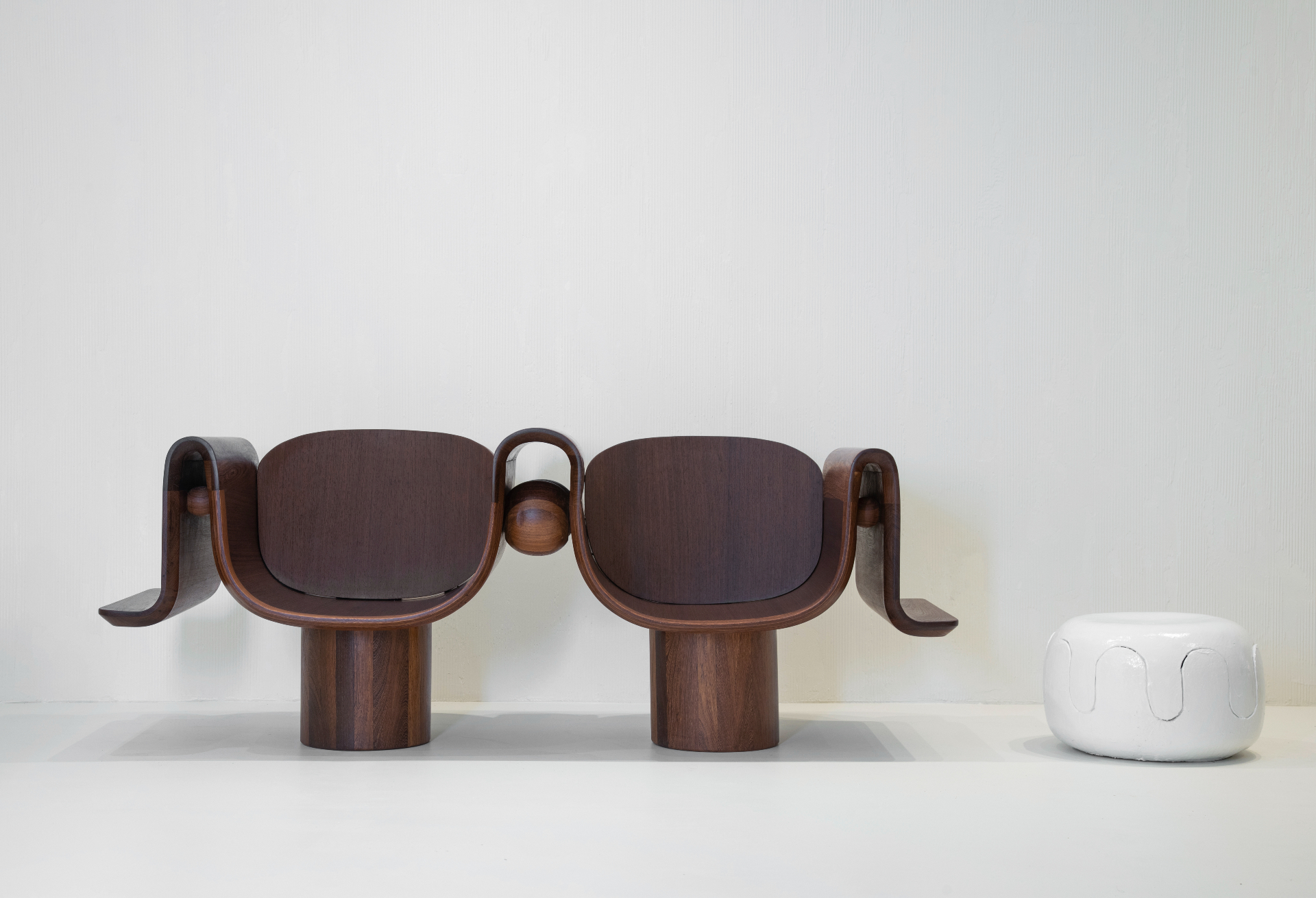
Shiya seat and Loma stool.
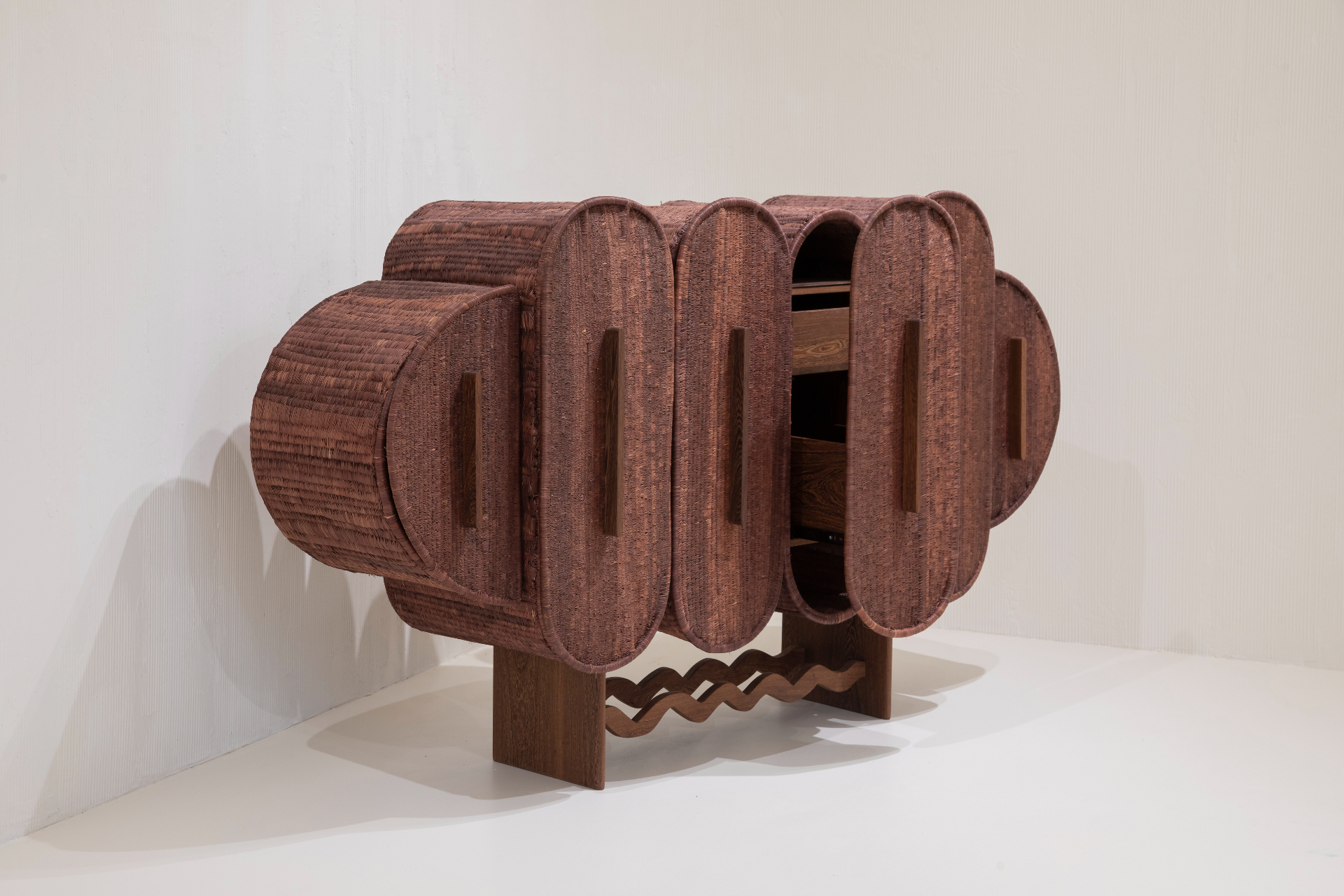
Chichira Cabinet.
INFORMATION
The collaboration between Fendi and Mabeo is on view at Design Miami, 1–5 December 2021
fendi.com
mabeofurniture.com
ADDRESS
1800 Convention Center Dr
Miami Beach
FL 33139
United States
Rosa Bertoli was born in Udine, Italy, and now lives in London. Since 2014, she has been the Design Editor of Wallpaper*, where she oversees design content for the print and online editions, as well as special editorial projects. Through her role at Wallpaper*, she has written extensively about all areas of design. Rosa has been speaker and moderator for various design talks and conferences including London Craft Week, Maison & Objet, The Italian Cultural Institute (London), Clippings, Zaha Hadid Design, Kartell and Frieze Art Fair. Rosa has been on judging panels for the Chart Architecture Award, the Dutch Design Awards and the DesignGuild Marks. She has written for numerous English and Italian language publications, and worked as a content and communication consultant for fashion and design brands.
-
 How We Host: Interior designer Heide Hendricks shows us how to throw the ultimate farmhouse fête
How We Host: Interior designer Heide Hendricks shows us how to throw the ultimate farmhouse fêteThe designer, one half of the American design firm Hendricks Churchill, delves into the art of entertaining – from pasta to playlists
-
 Arbour House is a north London home that lies low but punches high
Arbour House is a north London home that lies low but punches highArbour House by Andrei Saltykov is a low-lying Crouch End home with a striking roof structure that sets it apart
-
 25 of the best beauty launches of 2025, from transformative skincare to offbeat scents
25 of the best beauty launches of 2025, from transformative skincare to offbeat scentsWallpaper* beauty editor Mary Cleary selects her beauty highlights of the year, spanning skincare, fragrance, hair and body care, make-up and wellness
-
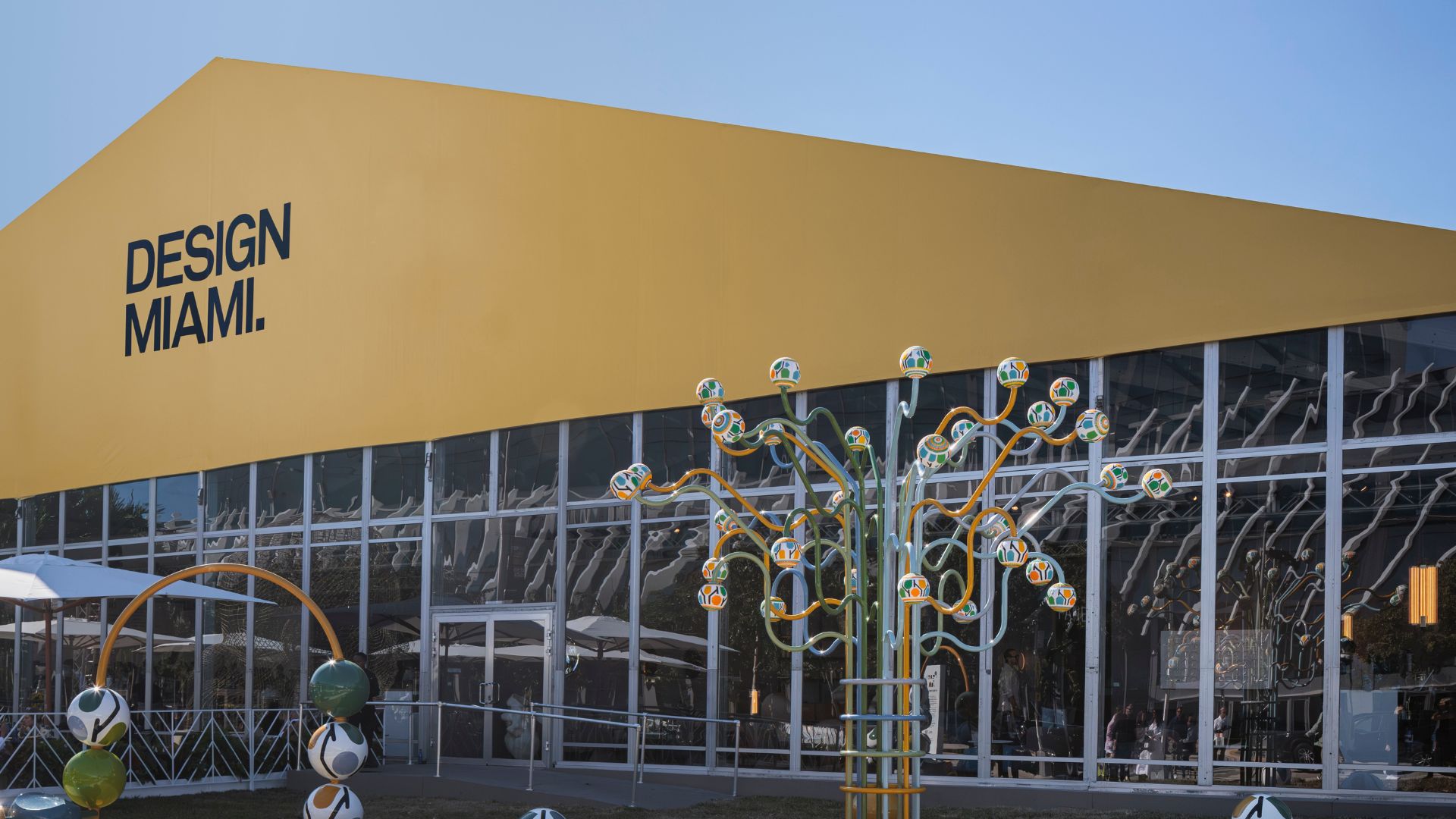 Everything you need to know about Design Miami 2025
Everything you need to know about Design Miami 2025The collectible design fair returns to Miami Beach in December for its 21st edition, alongside a vast array of art and cultural events across the city
-
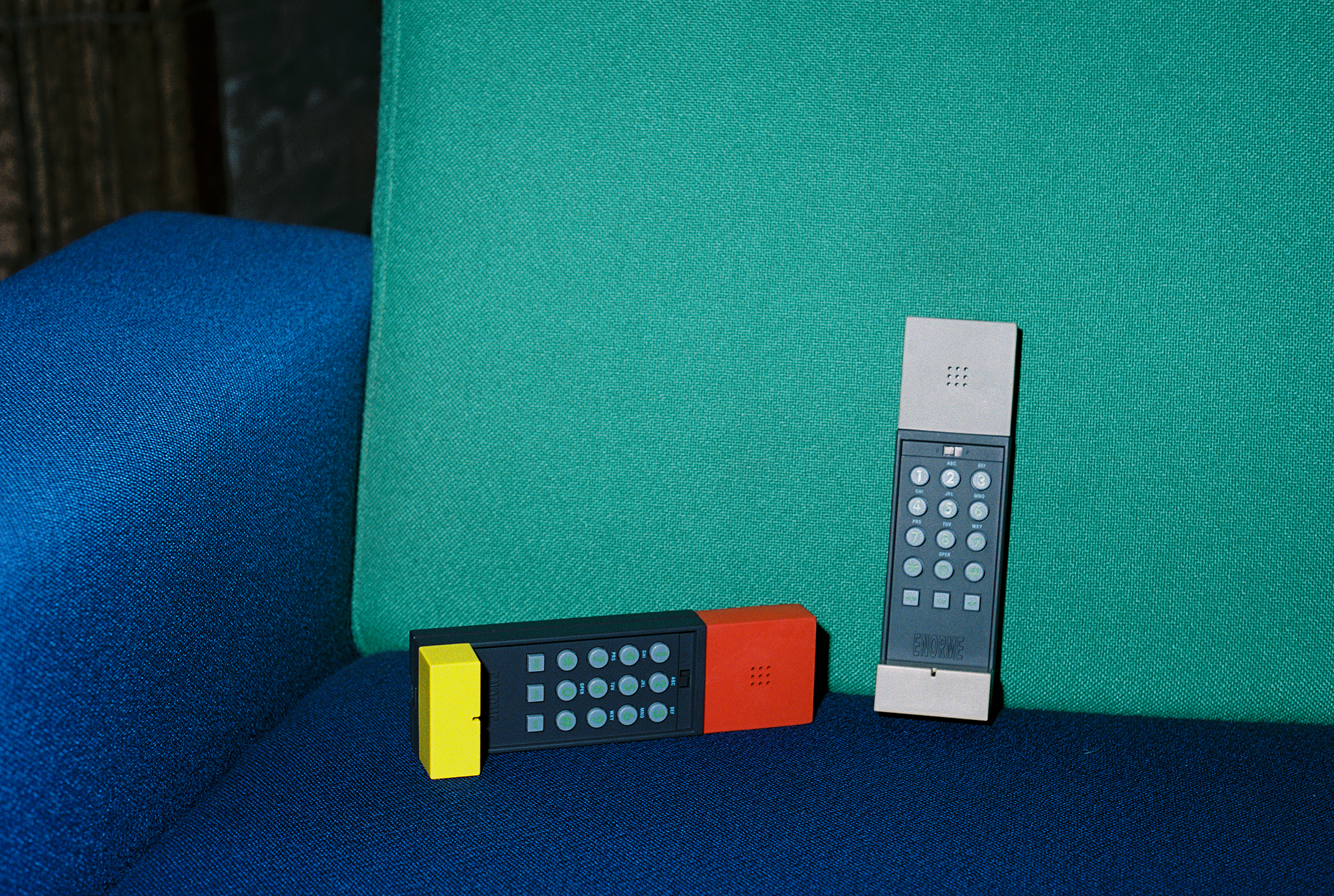 Basic.Space launches its first IRL shopping event – in an empty West Hollywood mall
Basic.Space launches its first IRL shopping event – in an empty West Hollywood mallWith the launch of its first in-person event in LA this weekend, the e-commerce platform is looking to bring collectible design to a whole new audience
-
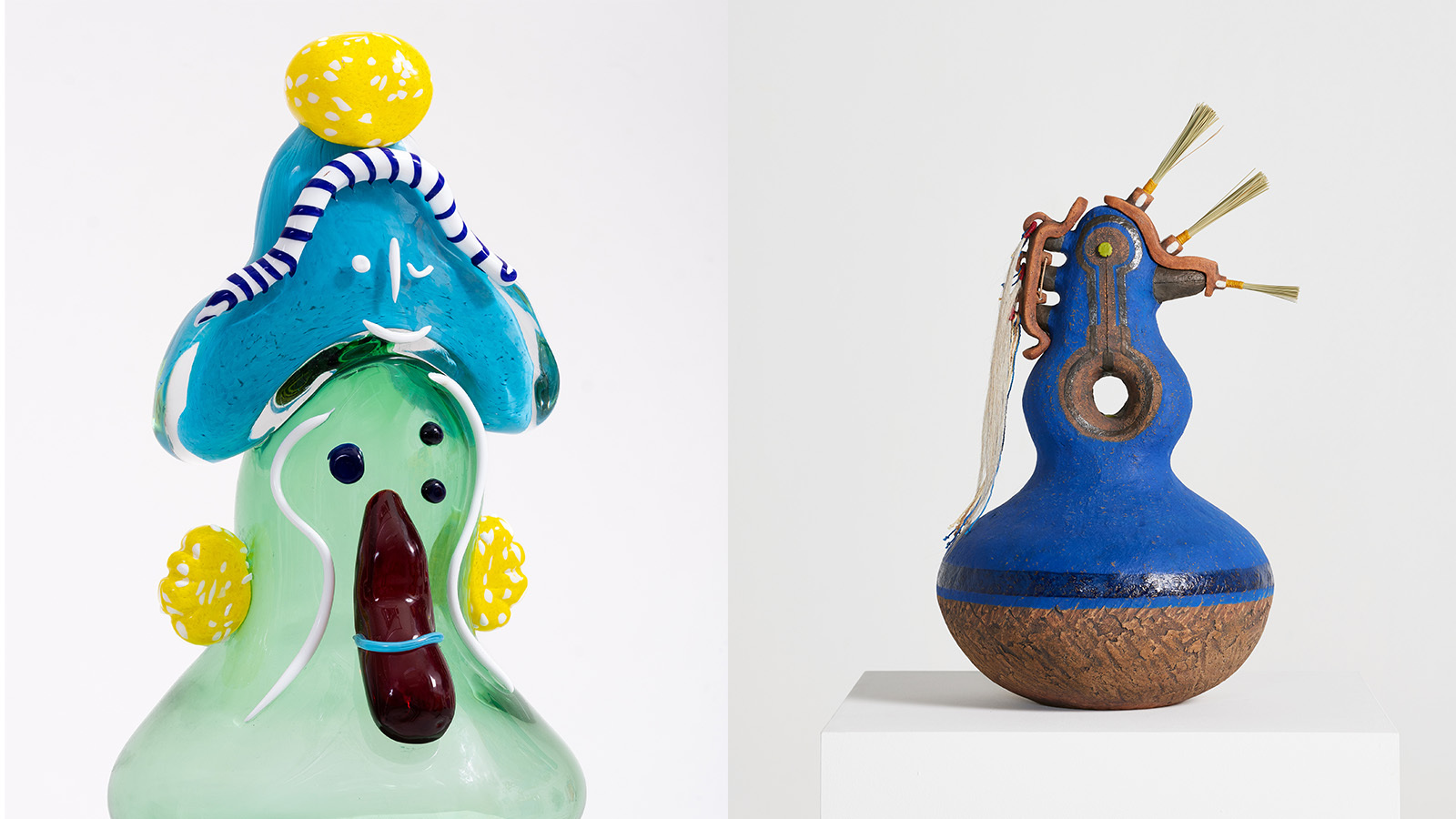 Design Miami 2024 is alive with possibility: here are 14 things to see
Design Miami 2024 is alive with possibility: here are 14 things to seeDesign Miami 2024 opens 4-8 December – let Wallpaper* guide you to the highlights, from dazzling installations to plump sofas and anthropomorphic sculptures
-
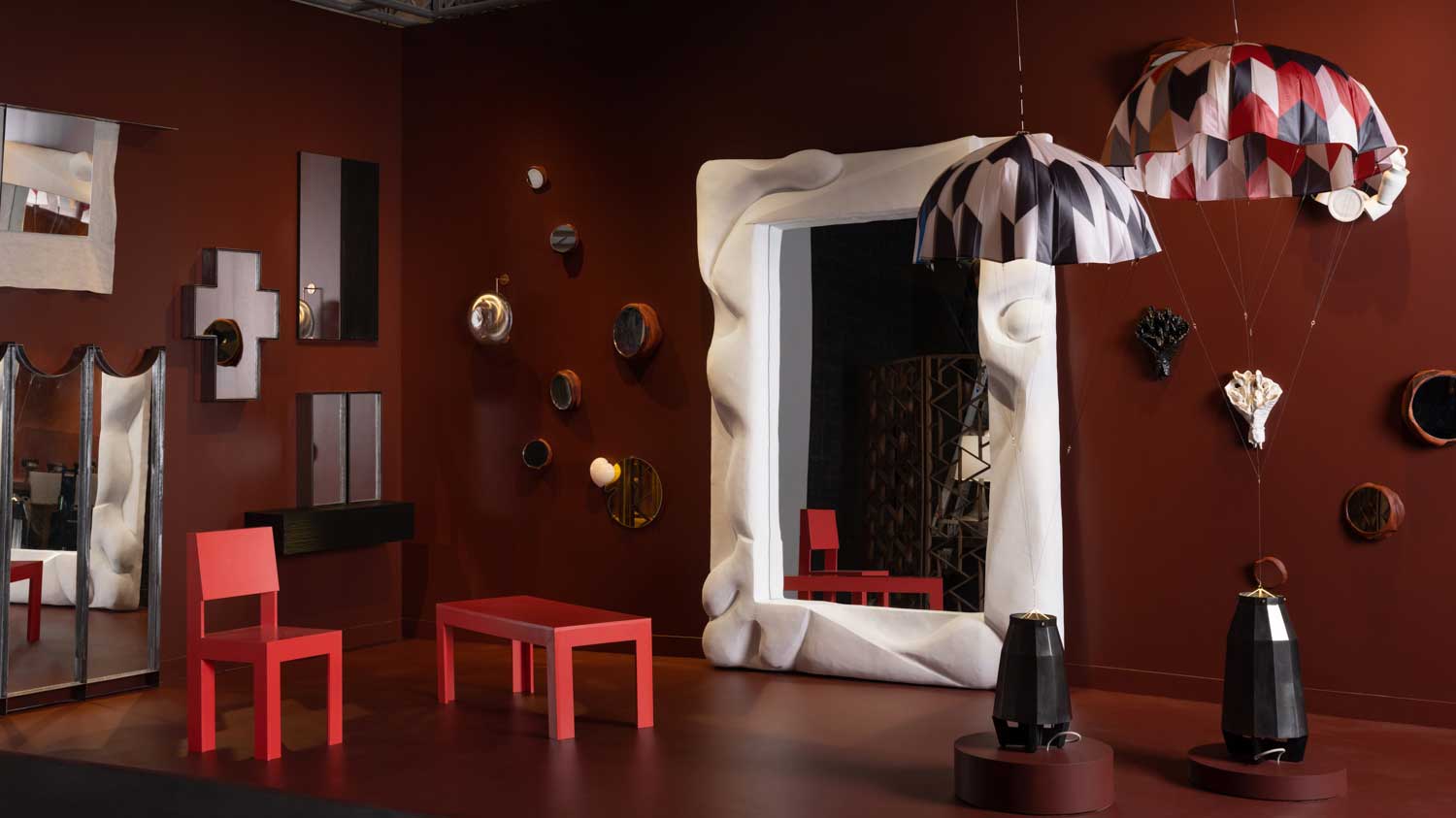 Design Miami 2022: highlights from the fair and around town
Design Miami 2022: highlights from the fair and around townDesign Miami 2022 (30 November – 4 December) aims at ‘rebooting the roots of our relationship with nature and collective structures, ecospheres, and urban contexts’
-
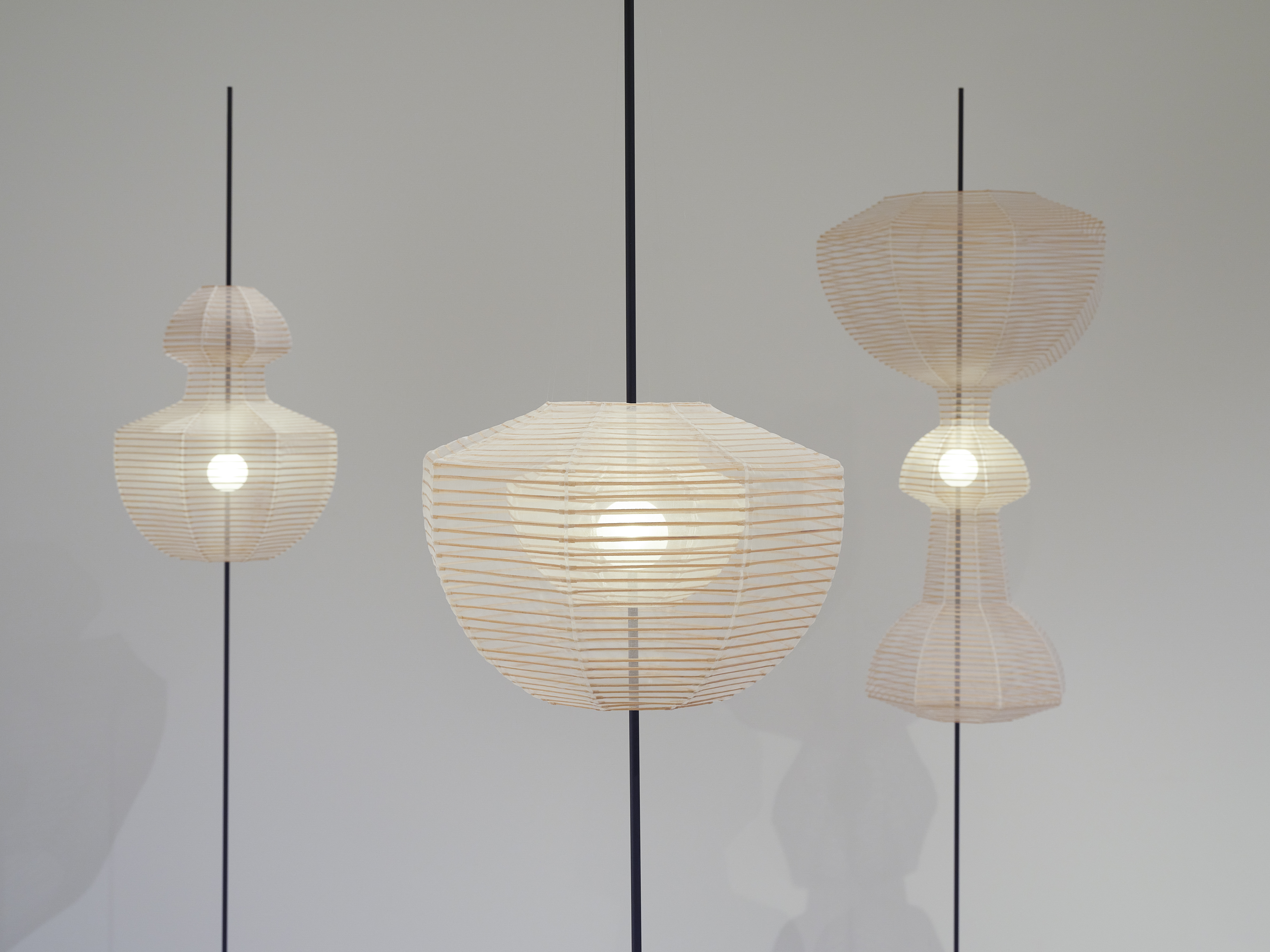 Nendo’s collaborations with Kyoto artisans go on view in New York
Nendo’s collaborations with Kyoto artisans go on view in New York‘Nendo sees Kyoto’ is on view at Friedman Benda (until 15 October 2022), showcasing the design studio's collaboration with six artisans specialised in ancient Japanese crafts
-
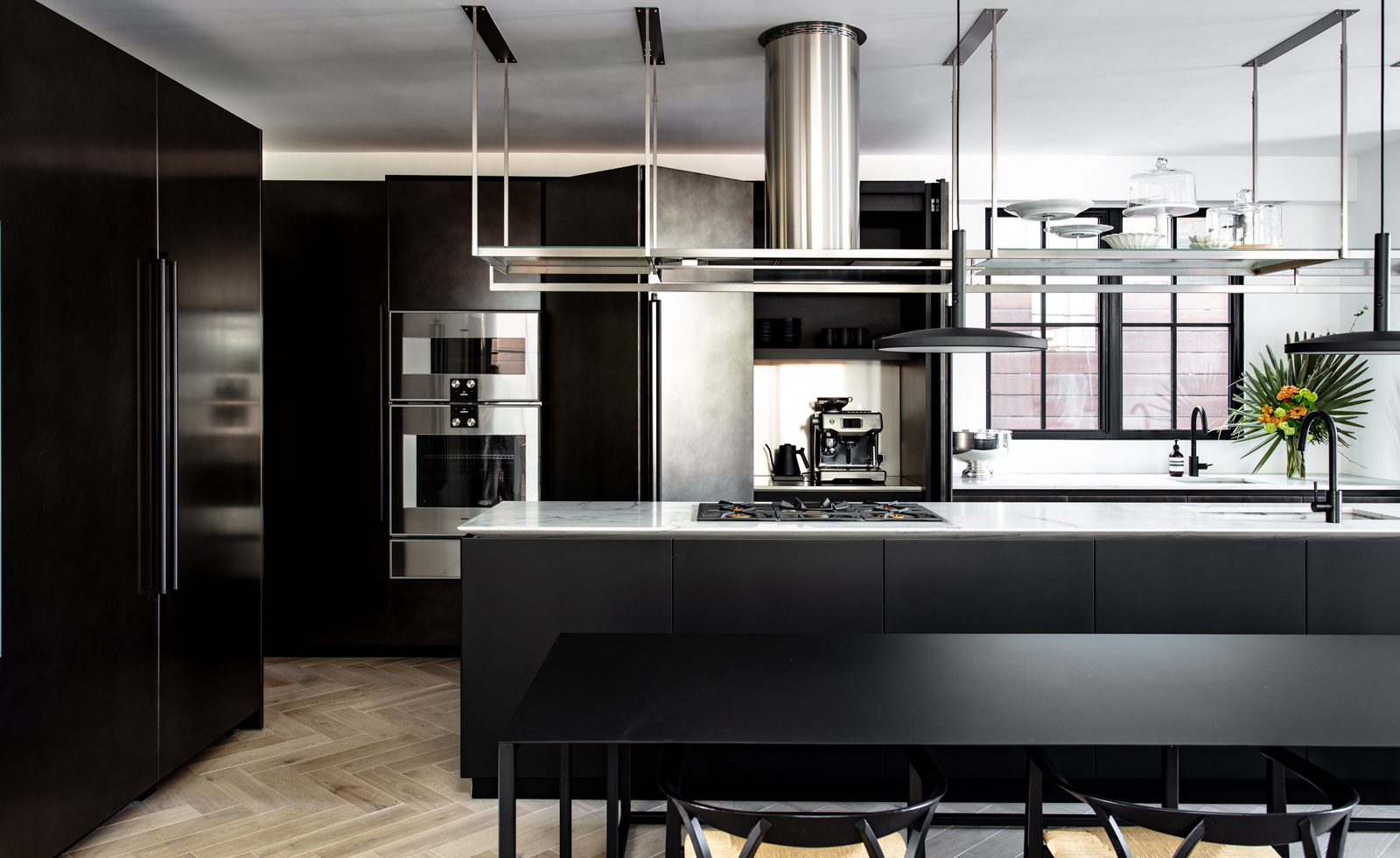 Italian craftsmanship comes to Los Angeles in this eclectic Venice Canals apartment
Italian craftsmanship comes to Los Angeles in this eclectic Venice Canals apartmentBoffi Los Angeles celebrates a juxtaposition of texture throughout a waterside bolthole
-
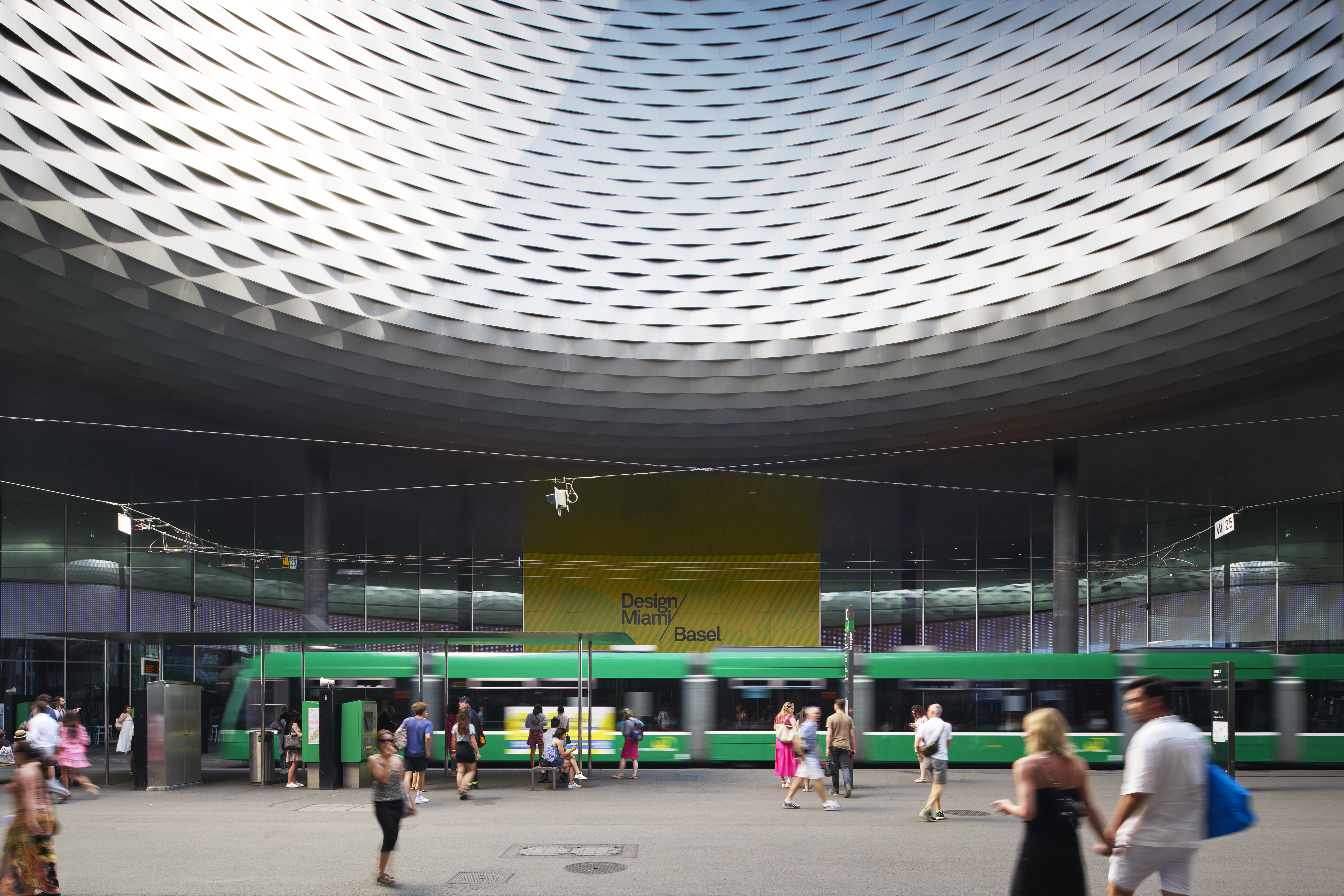 Design Miami/Basel 2022 explores the Golden Age
Design Miami/Basel 2022 explores the Golden AgeDesign Miami/Basel 2022, led by curatorial director Maria Cristina Didero, offers a positive spin after the unprecedented times of the pandemic, and looks at the history and spirit of design
-
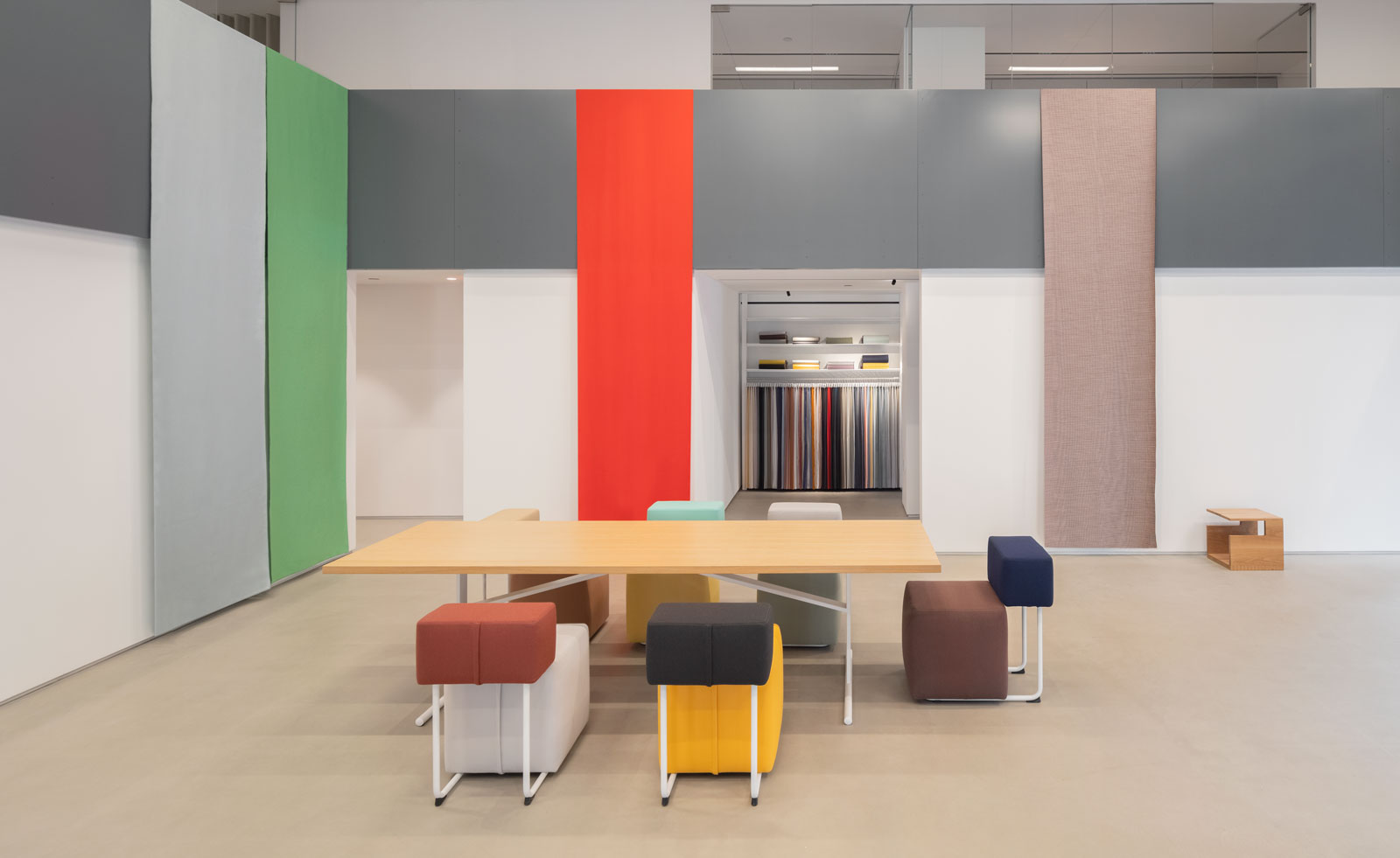 Kvadrat’s flagship New York showrooms encompass colourful design codes
Kvadrat’s flagship New York showrooms encompass colourful design codesIndustrial designer Jonathan Olivares and architect Vincent Van Duysen have worked with Danish textile brand Kvadrat on the vast new space, also featuring furniture by Moroso